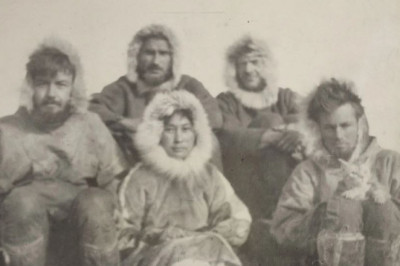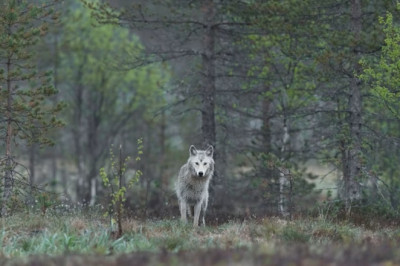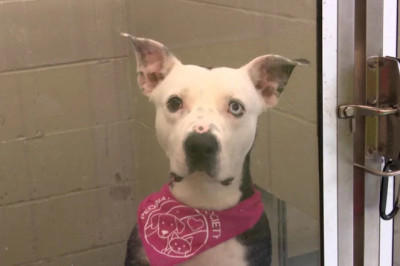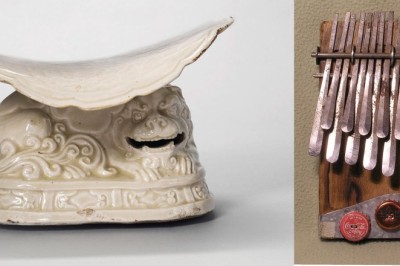
views
Dog Too Fat: Causes, Dangers, and Nutritional Tips
An overweight dog might look adorable, but carrying extra weight can have serious health consequences for your furry friend. If a dog eats too much and doesn't get enough exercise, it will gain weight. Let's explore the causes of canine obesity, the dangers it poses, and some nutritional tips to help your dog shed those extra pounds.
Causes of Canine Obesity
-
Overeating: The simplest reason for weight gain is consuming more calories than the dog burns. Overfeeding, high-calorie treats, and constant access to food can lead to excess calorie intake.
-
Lack of Exercise: Dogs need regular physical activity to stay fit. A sedentary lifestyle contributes significantly to weight gain.
-
Genetics: Certain breeds are predisposed to obesity. Labradors, Beagles, and Bulldogs, for instance, are known for their tendency to gain weight.
-
Age: As dogs age, their metabolism slows down, and they become less active, making it easier to put on weight.
-
Medical Conditions: Conditions like hypothyroidism and Cushing's disease can cause weight gain in dogs.
-
Neutering/Spaying: Hormonal changes following neutering or spaying can affect a dog's metabolism, leading to weight gain if their diet and exercise are not adjusted.
Dangers of Canine Obesity
Carrying extra weight can lead to various health issues:
-
Joint Problems: Excess weight puts stress on joints, leading to conditions like arthritis and hip dysplasia.
-
Heart Disease: Obesity increases the risk of heart disease.
-
Diabetes: Overweight dogs are more likely to develop diabetes.
-
Respiratory Issues: Excess fat can cause breathing difficulties and exacerbate conditions like brachycephalic airway syndrome in short-nosed breeds.
-
Decreased Lifespan: Obesity can shorten a dog's life expectancy by increasing the risk of various health issues.
-
Reduced Quality of Life: Extra weight limits a dog's mobility and overall enjoyment of life.
How to Tell If Your Dog Is Too Fat
-
Rib Check: You should be able to feel your dog's ribs without pressing too hard. If you can't feel their ribs, they may be overweight.
-
Waistline: From above, you should see a visible waist indentation behind their ribs. A rounded body shape may indicate excess weight.
-
Tummy Tuck: From the side, your dog's abdomen should slope upwards from the end of the ribcage to the hind legs. A sagging belly can indicate extra fat.
-
Body Condition Score (BCS): Use a BCS chart to assess your dog's body condition. A score of 4-5 out of 9 indicates a healthy weight, while higher scores suggest overweight or obesity.
Nutritional Tips for Weight Loss
-
Consult Your Veterinarian: Before starting a weight loss plan, consult your veterinarian. They can help determine the appropriate calorie intake and recommend a suitable diet.
-
Portion Control: Measure your dog's food accurately and avoid free-feeding. Feed smaller, more frequent meals to help regulate metabolism.
-
High-Quality Dog Food: Choose a dog food formulated for weight management, typically lower in calories and higher in fiber to help your dog feel full while consuming fewer calories.
-
Limit Treats: Treats should make up no more than 10% of daily calorie intake. Opt for low-calorie treats or use healthy alternatives like baby carrots or apple slices.
-
Avoid Table Scraps: Human food can be high in calories and unhealthy for dogs. Stick to designated meals and treats.
Exercise Tips for Weight Loss
-
Daily Walks: Ensure your dog gets at least 30-60 minutes of exercise daily, including walks, runs, or playtime in the yard.
-
Interactive Play: Engage in activities like fetch, tug-of-war, or agility training to provide physical and mental stimulation.
-
Swimming: Many dogs love water, and swimming is a great low-impact exercise that can help burn calories without stressing joints.
-
Gradual Increase: Start slowly if your dog is not used to regular exercise, and gradually increase intensity and duration to prevent injuries.
-
Monitor Progress: Track your dog's weight and body condition, adjusting diet and exercise routines as needed for steady weight loss.
Treats and Rewards
Treats are essential for training and bonding, but they can contribute to weight gain if not given in moderation. Here are some tips:
-
Use Low-Calorie Treats: Choose treats low in calories and made with healthy ingredients, specifically designed for weight management.
-
Healthy Alternatives: Use fruits and vegetables as treats. Many dogs enjoy baby carrots, green beans, and apple slices.
-
Reward with Attention: Dogs often seek attention more than food. Reward with praise, petting, or playtime instead of treats.
-
Break Treats into Smaller Pieces: Use small pieces during training sessions to limit calorie intake while rewarding good behavior.
Conclusion
Helping your dog achieve and maintain a healthy weight is crucial for their well-being and longevity. By understanding the causes of weight gain, recognizing the dangers of obesity, and implementing nutritional and exercise tips, you can support your dog in leading a healthier, happier life. Always consult your veterinarian before making significant changes to your dog's diet or exercise routine. With patience, consistency, and dedication, you can help your furry friend reach their ideal weight and enjoy a higher quality of life. 🐾




















Comments
0 comment